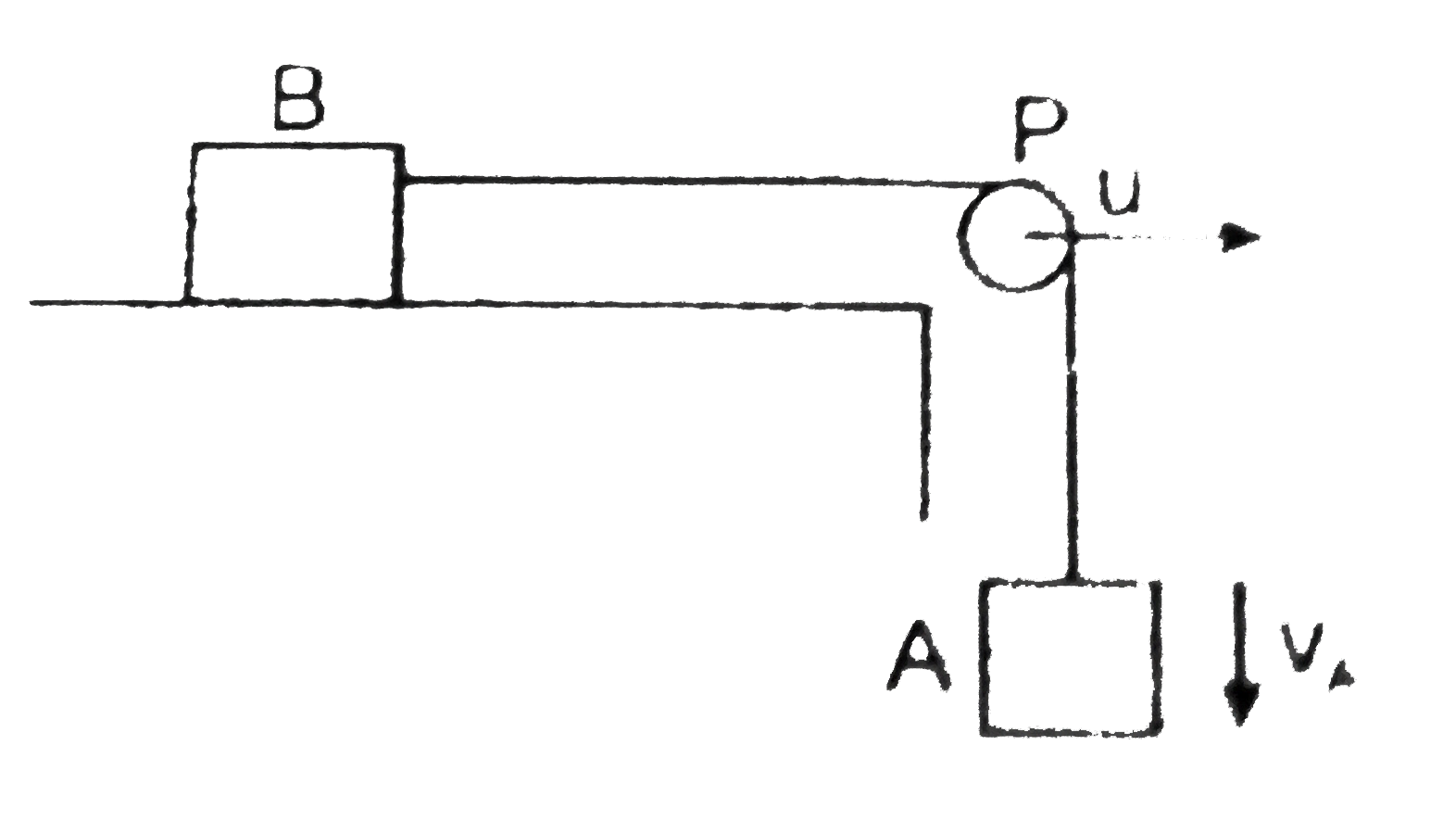A car moves from X to Y with a uniform speed vu and returns to X with a uniform speed vd. The average speed for this round trip is :
(a) 2vdvuvd+vu
(b) √vuud
(c) vdvuvd+vu
(d) vu+vd2
2vd+vu
2vu+vd
2vdvuvd+vu
vu+vd2
The correct Answer is:C
Step by step video & image solution for A car moves from X to Y with a uniform speed v_u and returns to X with a uniform speed v_d. The average speed for this round trip is : (a) (2v_(d)v_(u))/(v_(d)+v_(u)) (b) sqrt(v_(u)u_(d)) (c) (v_(d)v_(u))/(v_(d)+v_(u)) (d) (v_(u)+v_(d))/(2) by Physics experts to help you in doubts & scoring excellent marks in Class 12 exams.
Updated on:21/07/2023Topper's Solved these Questions
- MOTION IN A STRAIGHT LINE & PLANE BOOK - VMC MODULES ENGLISHCHAPTER - MOTION IN A STRAIGHT LINE & PLANE EXERCISE - EFFICIENT
50 Videos
- MOCK TEST 9BOOK - VMC MODULES ENGLISHCHAPTER - MOCK TEST 9EXERCISE - PHYSICS (SECTION 2)
5 Videos
- Motion in Straight Line BOOK - VMC MODULES ENGLISHCHAPTER - Motion in Straight Line EXERCISE - IN-CHAPTER EXERCISE-J
10 Videos
Similar Questions
Knowledge Check
Ultrasonic, Infrasonic and Audible waves travel through a medium with speeds vu,vl,va respectively, then
Avu,vi,va are nearly equalBvu≥va≥viCvu≥va≥viDva≥vuandvu≈vi
Let u(x) and v(x) are differentiable function such that u(x)v(x)=6. If u'(x)v'(x)=p and (u(x)v(x))'=q then value of p+qp−q is equal to
View SolutionFind each of the products: (43u2vw)× (−5uvw2)×(13v2wu)
View SolutionIf u=sin(mcos−1x),v=cos(msin−1x),provethatdudv=√1−u21−v2
View SolutionIf u=sin(mcos−1x),v=cos(msin−1x),provethatdudv=√1−u21−v2
View SolutionTwo particles are projected from a point at the same instant with velocities whose horizontal and vertical components are u1,v1 and u2,v2 respectively. Prove that the interval between their passing through the other common point of their path is
2(v1u2−v2u1)g(u1+u2)
View SolutionIf a ,b,c, and u,v,w are complex numbers representing the vertices of two triangle such that they are similar, then prove that a−ca−b=u−wu−v
View SolutionA man directly crosses a river in time t1 and swims down the current a distance equal to the width of the river I time t2. If uandv be the speed of the current and the man respectively, show that : t1:t2=√v+u:√v−u).
View Solution

